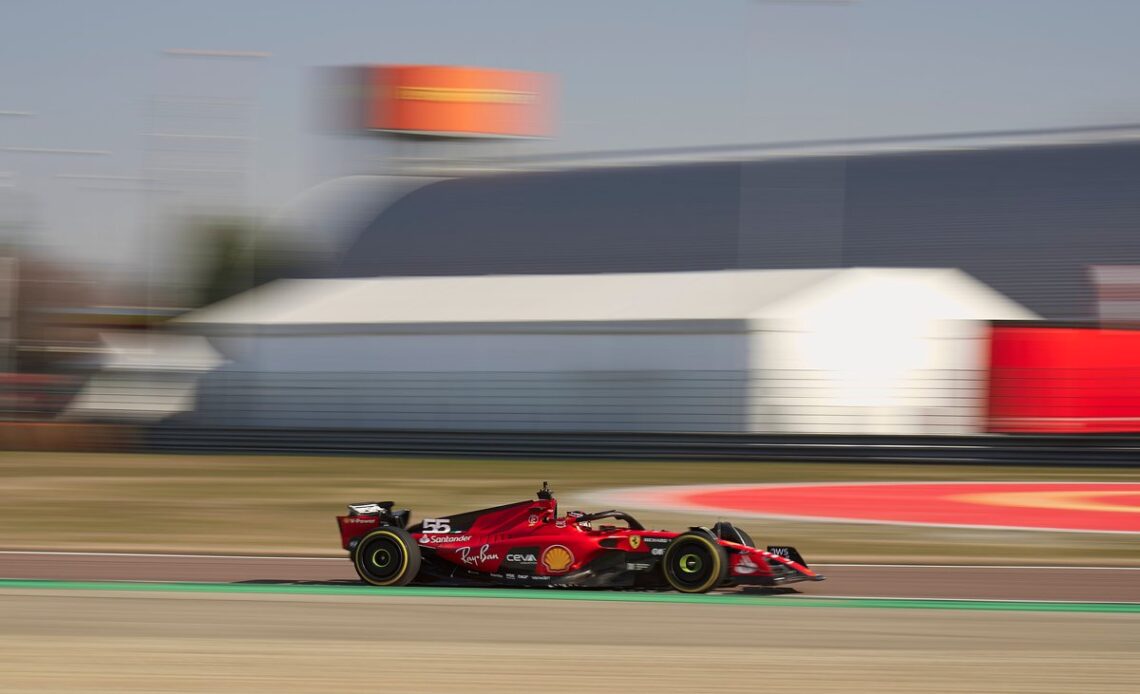Ferrari and its customer teams Alfa Romeo and Haas suffered regular problems over the course of last year.
Under the current engine freeze, manufacturers are only allowed to work on reliability updates, although it’s been rumoured that Ferrari has also found extra performance.
Such a gain would be perfectly legal if better reliability meant that the engine could be run consistently at higher limits than previously, for example.
Alpine team principal Otmar Szafnauer has stressed that Renault followed a deliberate strategy in 2022 of pushing reliability limits in search of performance while knowing that issues could be addressed through updates.
Gualtieri admits that only track running will provide the final proof of whether or not the team has addressed what he admitted was its Achilles heel last season.
“Preparation work for the new season is usually one of the busiest times of the year And this winter was no exception,” Gualtieri said in a team video.
“Actually PUs have been frozen since last year, including fluids, so oil and fuel. And the only modifications allowed are those related to reliability.
“In fact, reliability was our Achilles heel last season. And so we worked over the winter to solve our main problems to try and reach the desired level of reliability. That was our aim for 2023. And our work this winter was based on this.”
Gualtieri said that the team had looked at assembly processes as well as the design of the suspect components.
“We worked mainly on those areas that gave us the most trouble last season. So we focused on the internal combustion engine and the electric motors. However, at the same time, we tried to capitalise on the experience gained on track last season.
Carlos Sainz, Ferrari SF-23
Photo by: Ferrari
“And so we looked at all the feedback and signs of weakness from the PU components were used. Clearly, this involves various design areas of some components.
“But at the same time, we also revised when necessary our assembly procedures. The work involved all the PU personnel as well as our colleagues in the supply chain and our suppliers.”
Expanding on the winter programme, he said: “We worked on all areas trying to understand the root causes of the problems we encountered on track and used all our available tools to try and solve them.
“In fact, the work involved all areas from design to experimentation, including the assembly process, to try and test new solutions in a very short space of…
Click Here to Read the Full Original Article at Autosport.com – Formula 1 – Stories…

